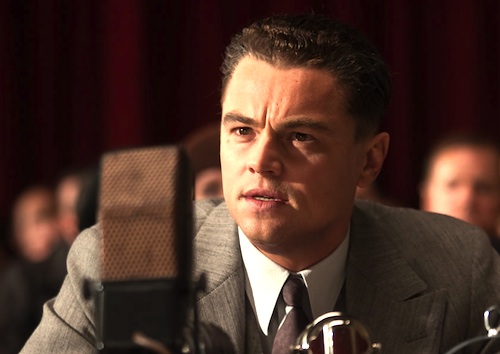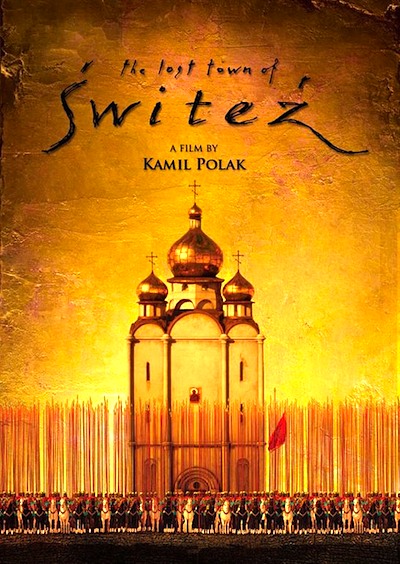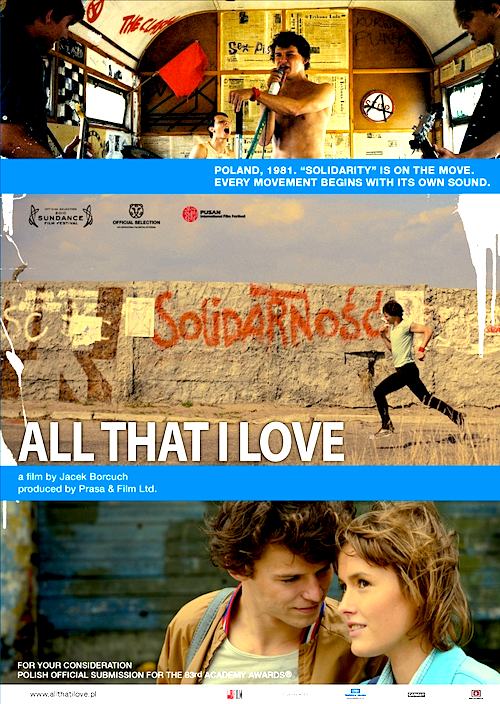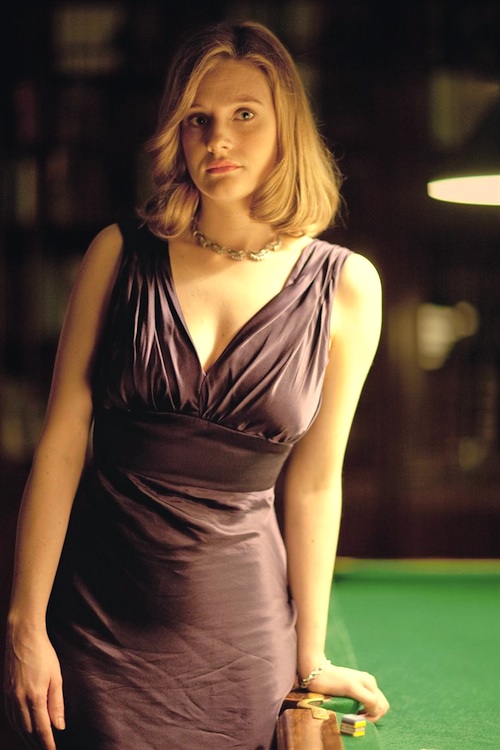By Jason Apuzzo. I wanted to briefly comment today on two releases of note. First of all, the 1959 classic Ben-Hur is getting a lavish new Blu-ray release that arrives in stores tomorrow. I’ve embedded the Blu-ray trailer above, and you can read here about the details of this fabulous-looking set – which includes a documentary featuring newly-discovered behind-the-scenes footage from the set of the film provided by Fraser Heston (Charlton’s son). The Blu-ray set will also include a reproduction of Charlton Heston’s set diary, along with behind-the-scenes photographs taken by Heston’s wife, Lydia. All in all, it looks to be a wonderful release for one of Hollywood’s landmark films of the 1950s – an epic tale of one’s man’s struggle to regain freedom for himself, his family and for his people.

Govindini and I had the pleasure of attending the recent exhibition of Debbie Reynolds’ costume-and-props collection, at which we saw Charlton Heston’s, Stephen Boyd’s and Sam Jaffe’s costumes from Ben-Hur – along with a variety of props from the film. It was an incredible experience seeing these things in person, with the film having been such a favorite of ours over the years. I’m not certain what’s happened to those items since, in terms of whether they’ve already been auctioned; whatever their fate, it seems a tragedy that Reynolds’ collection couldn’t have been kept together. In any case, after so many years it was a thrill to see items from Ben-Hur, at all. (Amazingly, Reynolds’ collection even included Francis X. Bushman’s winged helmet from the original 1925 Ben-Hur) I hope this Blu-ray release further burnishes the film’s legacy for a new generation.
In other news, according to the LA Times today the Red Dawn remake has finally picked up a distributor, FilmDistrict (Drive). As regular Libertas readers know, Libertas is still the only media outlet that’s seen the original, uncensored version of the film (see our exclusive review of the new Red Dawn) that featured the Chinese communist People’s Liberation Army as the villains. The forthcoming, digitally-altered version of Red Dawn – which apparently features some sort of generalized Asian communist menace, led by North Korea – will now likely be arriving in theaters sometime in 2012.
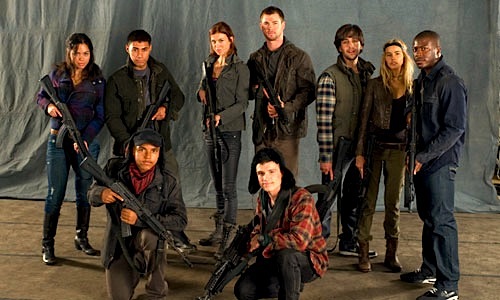
Somewhat lost in the controversy when we initially published our review of Red Dawn was that we actually liked the film, and were simply disappointed at the corporate decision to re-edit it in order to placate the Chinese. I still don’t like MGM’s decision to re-edit the film because of what that decision implies about freedom of speech in Hollywood, particularly at a time when many of China’s own ‘D-Generation’ (‘digital generation’) filmmakers are currently risking their lives and careers (see our review of Once Upon a Time Proletarian from just this week) in telling truthful stories about China’s oppressive regime. The re-editing/censoring of Red Dawn is a much bigger deal than, say, whether Han or Greedo shot first in the Mos Eisley cantina – because it has broader implications for what can and can’t be said by mainstream American filmmakers about the human rights situation in China.
As Charlton Heston himself used to say, “Film is our best export next to freedom,” and it’s best when the films America exports also say something about freedom. Red Dawn had that opportunity – an opportunity to say something sharp, poignant and specific about one particularly tyrannical modern regime (in the same way John Milius’ original Red Dawn had) – but the makers of the film apparently flinched when corporate profits were on the line.
That’s not a very inspiring example, certainly not in the way Ben-Hur was.
Posted on September 26th, 2011 at 4:32pm.
